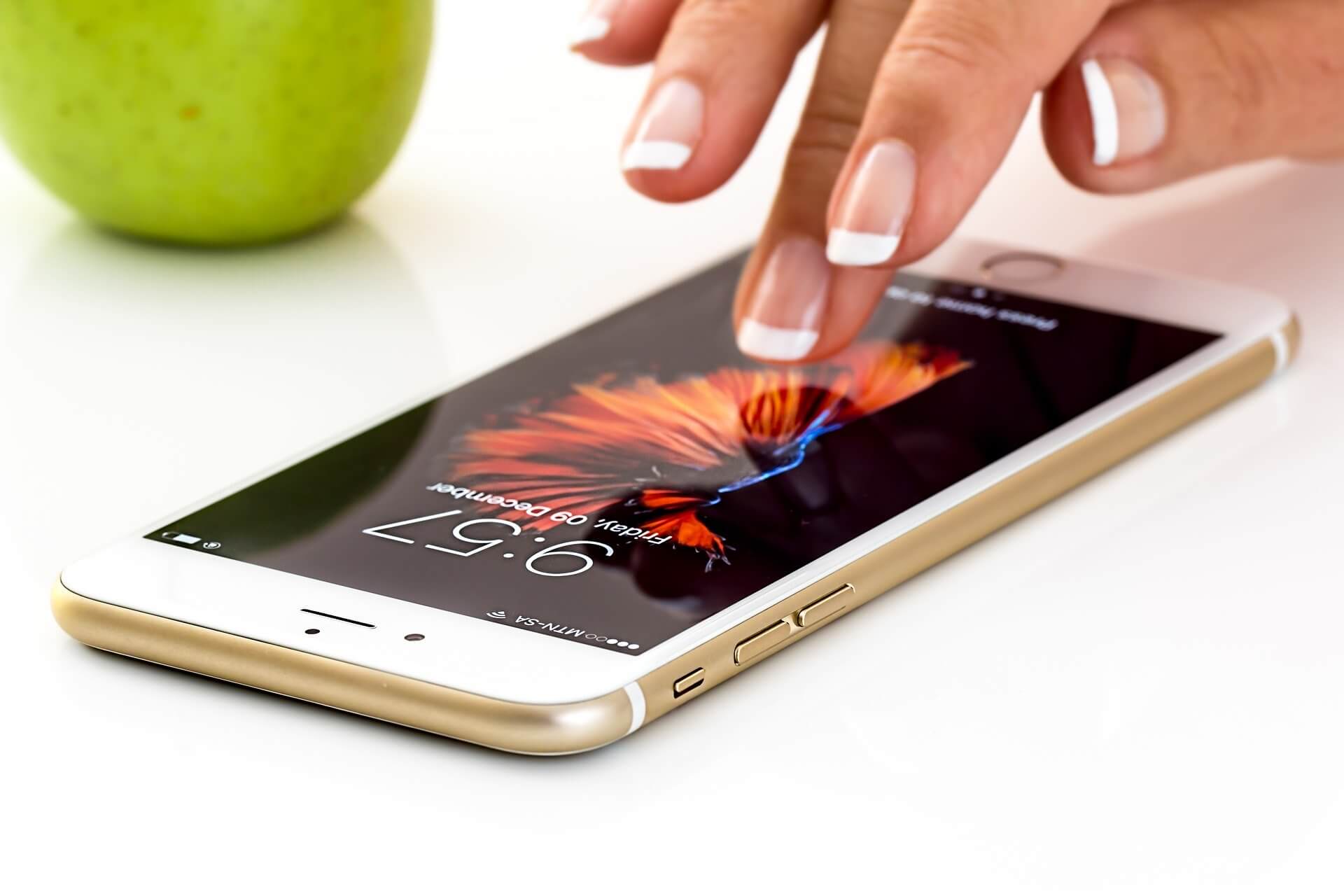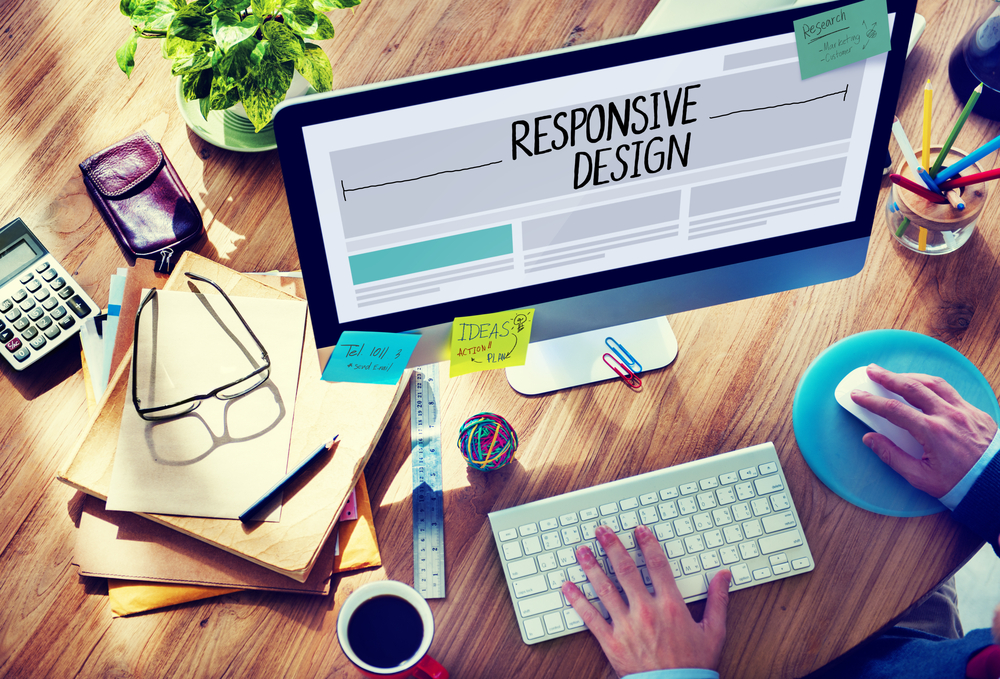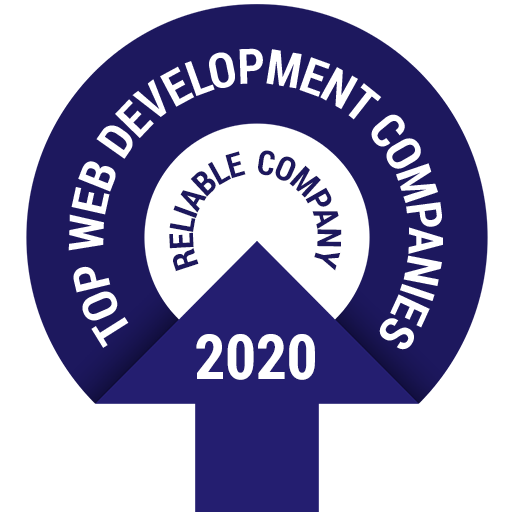iOS 8 Vs. Android Lollipop – Which one let’s you build better? Here is a quick head to head comparison of the features of both the platforms that developers need to take a look at.
There are more mobile users using the internet than those using fixed internet access lines today, and it comes as no surprise. It’s no longer the question of whether you should have a mobile presence, but rather ‘when?’ Google’s Mobilegeddon update was important for web developers. For app developers, Apple’s introduction of Swift as a programming language was a wake-up call.
Mobile adoption is increasing with a Gartner report stating that users are increasingly satisfied with the current engagement rates. So, does it mean that you need to develop apps for both these OS? That’s one area that many entrepreneurs and developers ponder about. App entrepreneurs and developers are looking to develop apps on both Android and iOS, and are often asking the question, ‘Which one do we look at first’? Here is a quick head to head comparison of the features of both the platforms that developers need to take a look at.
iOS 8
What do you like about the iOS 8 – the new developer friendly features or a smoother performance? iOS 8 has the same design as its predecessor and comes with a number of extensions for developers. With iOS 8, Apple has finally moved away from its policies of not allowing third party extensions to communicate with its operating systems. So, which extensions have come in? Here is a look.
-
Today extensions
Much like Windows phone’s Live Tiles, iOS users will be able to view information in the Today View from their Notification Center.
-
Action extensions
These extensions allow you to translate the text displayed in another app. For instance, you can use Bing Translate to help you translate text in the Safari window.
-
Custom keyboards
Much like Android’s Swiftkey or Swype, that’s developed by a third party app developer, Apple now allows third parties to create custom based keyboards for the iOS 8.
There are other extensions as well. Photo editing extensions allow users to edit photos, right after taking the picture with the phone, without the need to go to the third party app. Storage provider extensions allow users to select cloud services like Dropbox and OneDrive easily.
What makes iOS 8 Special?
We know that iOS 8 boasts of new features – but which ones are the best? There are a host of things that are new to iOS 8. One of them is Continuity, or the ability of Apple users to pick up their work from one Apple device to another Apple device – say you were writing on your Mac and then had to go out – your iPhone could help you finish off your task. Introduction of Swift as a programming language brings in a whole new dimension to app developers. While there is a good learning curve of Swift, Apple promises faster and better app-making with Swift. There are many other features that can be a developers’ paradise – from Family sharing to Health Kit and Home Kit.
Where does it fall short?
Don’t fall in for the iOS 8 as your ultimate choice for app development – there are a number of areas that Apple still needs to address. For instance, Apple didn’t time the release of iOS 8 well, with bugs aplenty leading to missing features for users. Apple had to send in an immediate update to fix the issue.
Apple’s iOS8 isn’t open source like Google’s Android. While that can work to an advantage sometimes, it means that users and developers have to wait for Apple’s acceptance before bringing in something new.
What’s the future like?
The changes by Apple that allows third party app developers to integrate with Apple’s own services, is a positive one. While it opens a new world for developers, users are benefitted as well through increased choice. Apple is expected to work more towards making their OS more developer friendly, with app making becoming easier.
Google’s Android Lollipop
Google has recently unveiled the next Android platform – Android M. The move is a surprising one as Google is yet to fully roll out Android Lollipop for a number of devices. For developers and app publishers, the question often is to choose
Google has made quite a few changes to Lollipop and seems to bring significantly more to the table.
-
New & Vibrant Google’s Material Design
Lollipop sports a new design, and unlike iOS 8, which is similar in UI to iOS 7, has over 5,000 new API’s for developers. The design, called Google’s Material Design, offers new themes and new widgets that offer complex views and custom shadows and animations with the help of new API’s. Backgrounds and images look sharper than ever and the ‘shadows’ effect is the first to be introduced.
-
Theme for apps
App makers can create different themes for the apps that can help change the users’ Android experience.
-
More stable core
Google seems to be doing away with its lagging issue bit by bit. The lollipop promises a more stable core, offering better frame rates and user experience. In fact, Google is investing in Project Volta that is making the cores more energy efficient.
-
Heavy Customization capability
Users have a room for customizing their Android easily. While Google will maintain the same design language for all of its devices, from Google Chrome to Android Wear.
-
More intuitive
Lollipop better understands the users. Whether it be the use of contextual technology with the help of Google Now or touch feedback on default animations, Lollipop is more intuitive than its predecessors.
-
Testing
Developers can test apps with a new updated runtime, which helps apps pass the ART test.
What makes Android Lollipop appeal?
Android is open source and thus has the scope of customization. While Google releases its Android version, most providers customize it. So, there is a different feel to your Samsung Galaxy S 6 than the HTC M9. What the customizations do, is help enhance features and enable developers to expand on device capabilities.
Where does it fall short?
Google is still working on stability. Android still faces the lag issues
What’s the future like?
Google has been experimenting with Android for a long time. It’s time they got it right and the Lollipop was a step in the right direction. Android M, already slated to be released by the year end, will further expand on Android’s capabilities.
Verdict
Google offers more customizations than Android but a system that still is plagued by lags. iOS offers a lag free system but offers less customizations. Both the companies are looking at enhancing user experience, albeit different ways.
While Apple’s CEO Tim Cook termed Google’s system as vulnerable, Google’s then CEO Larry Page said that there was no real competition to Google. Developers need to understand that both the app ecosystems offer a lot when it comes to exposure and the way out is only to move from one ecosystem to another. As to which ecosystem, works better initially, here’s the deal – Google’s Play Store fares better when it comes to freemium models while Apple is the better way to go first if you’re offering paid apps.

Written by Tanya Kumari
Tanya leads the Digital Marketing Team at Classic Informatics, a leading web development company . She is an avid reader, music lover and a technology enthusiast who likes to be up to date with all the latest advancements happening in the techno world. When she is not working on her latest article on agile team dynamics, you can find her by the coffee machine, briefing co-workers on the perks of living a healthy lifestyle and how to achieve it.








.png)










